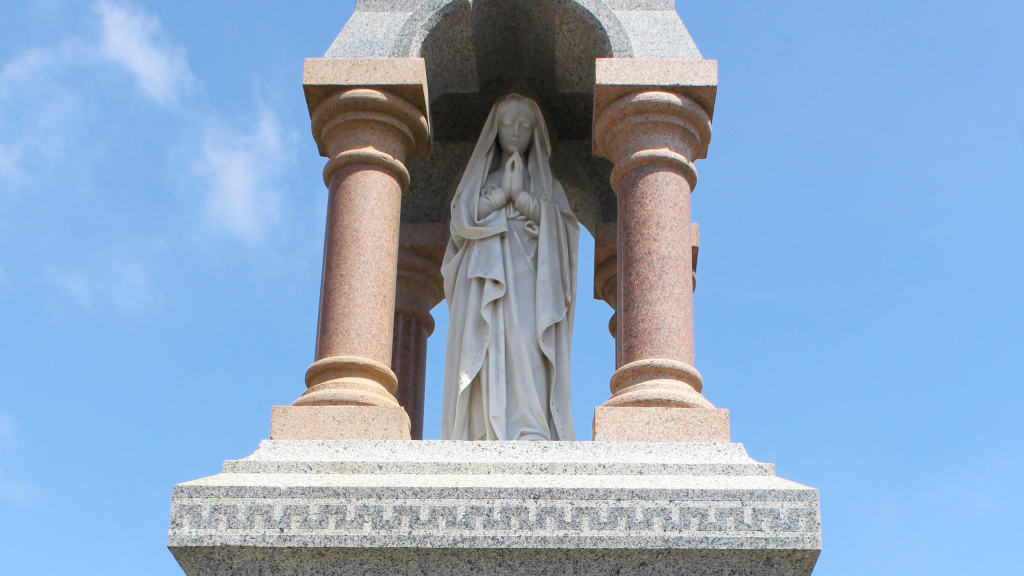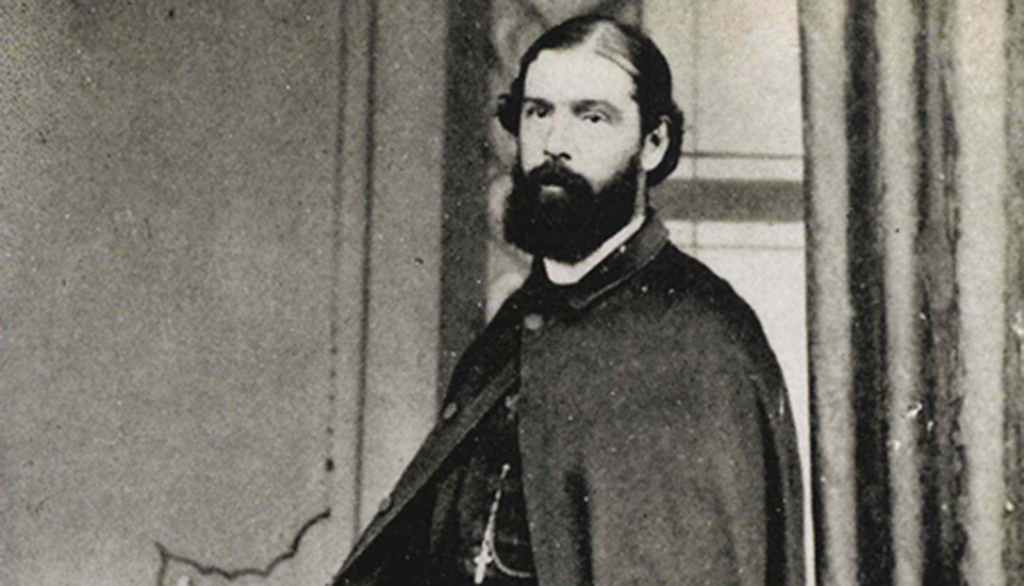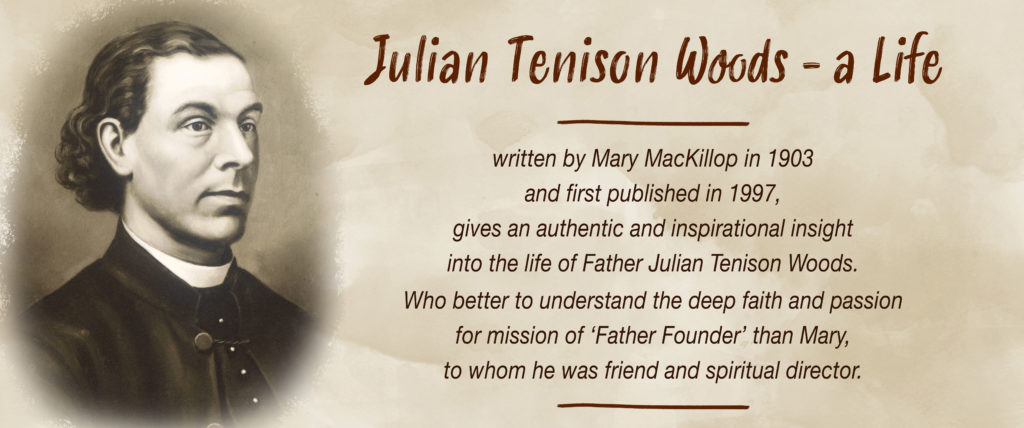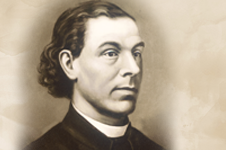The Two Mothers of Julian Tenison Woods
May 9, 2021
Julian Tenison Woods had a dream at age six of a heavenly mother. At age 15 he suffered the death of his earthly mother.
These two mothers held a special place in Julian’s life: Mary, whom he described as “my darling, sweet mother”, and Henrietta Marie St Eloy Tenison, his quiet, gentle and kindly mother whose life ended at age 46, in 1847.
The death of his mother was a profound loss for Julian.
A Fair Go
April 7, 2021
The Christian belief is that all people are equal in God’s sight.
The Christian concept of love of neighbour is starkly different from the self-seeking competitiveness we often find in today’s world. Jesus identified with the poor and marginalised people, whereas current society often highlights the rich and powerful for adulation. Jesus advocated for a society of justice, freedom and peace. It was this type of society, this concept of love of neighbour, of fairness and justice, that Julian Tenison Woods lived and promoted.
St Joseph – Fr Julian’s Example and Guide
March 7, 2021In his last circular to the Sisters of Saint Joseph two years before his death, Fr Julian Tenison Woods affectionately reminded the sisters about what was essential for their Josephite lives.
Julian exhorts the sisters to follow the example of their patron, St Joseph.
Julian Tenison Woods: A Life – Chapters 27th to 35th
February 7, 2021
Chapters 27th to 35th
There was great joy among the Sisters in Brisbane when, on 5th January [1872] their dear Father Founder arrived; yet they were saddened by his worn and haggard appearance.….The following day, he began a retreat for the Sisters, which occupied five days….[1]
The Holy See commissioned two prelates to enquire into the controversies that had arisen [in Adelaide.…It now became necessary for Father Woods to return to Adelaide and he left Sydney on the 8th of June … after an absence of eleven months… [2]
Julian Tenison Woods: A Life – Chapters 24th to 26th
December 7, 2020
Chapters 24th, 25th & 26th
Father Woods wrote to Sister Mary:
Bathurst 19.8.71
Here I am arrived at Bathurst, after a very tiresome journey… The Bishop is most kind, too kind in fact, and has a fine lot of work for me to do…[i]
Birth of Fr Julian Tenison Woods
November 15, 2020From Southwark, England to Southport, Tasmania.
 On 15 November 1832 in Southwark, England, Henrietta St Eloy Tenison, wife of James Dominick Woods, gave birth to a son, Julian Edmund Tenison Woods.
On 15 November 1832 in Southwark, England, Henrietta St Eloy Tenison, wife of James Dominick Woods, gave birth to a son, Julian Edmund Tenison Woods.
As in any family the birth of a child is received with great joy and perhaps even wonder at what this child might do with his God given life.
In the decade of the 1830’s the world saw a rise of imperialism and colonialism. Britain saw a surge of power and world dominance. New settlements commenced in 1803 and flourished in Australia. Tasmania’s early history tells of crime, punishment, hardship and survival in some of the harshest, yet most beautiful places on earth. Between 1803 and 1853 approximately 75,000 men, women and children from British and Irish ports were transported to Van Dieman’s Land.
Julian Tenison Woods: A Life – Chapters 21st to 23rd
November 6, 2020
Chapters 21st, 22nd and 23rd
This year [1870] the schools were not so successful and complaints were many.[i] About this time Father Woods had a sudden attack of illness. The Doctor recommended absolute quiet and rest. But it was not easy to follow this prescription.[ii]
Julian Tenison Woods: A Life – Chapters 19th & 20th
October 7, 2020
Chapters 19th and 20th
On Friday, 4th December, the Bishop arrived from Europe, bringing some priests and a community of Dominican Nuns, who would take up the higher education.
The Inspector intended the new Institute of St Joseph for parochial schools, and schools for the children of the poorer classes who were often neglected in small country places…[i]
When the priest arrived in these far-off places, his time was generally limited: he could not wait to instruct the young …[ii]
